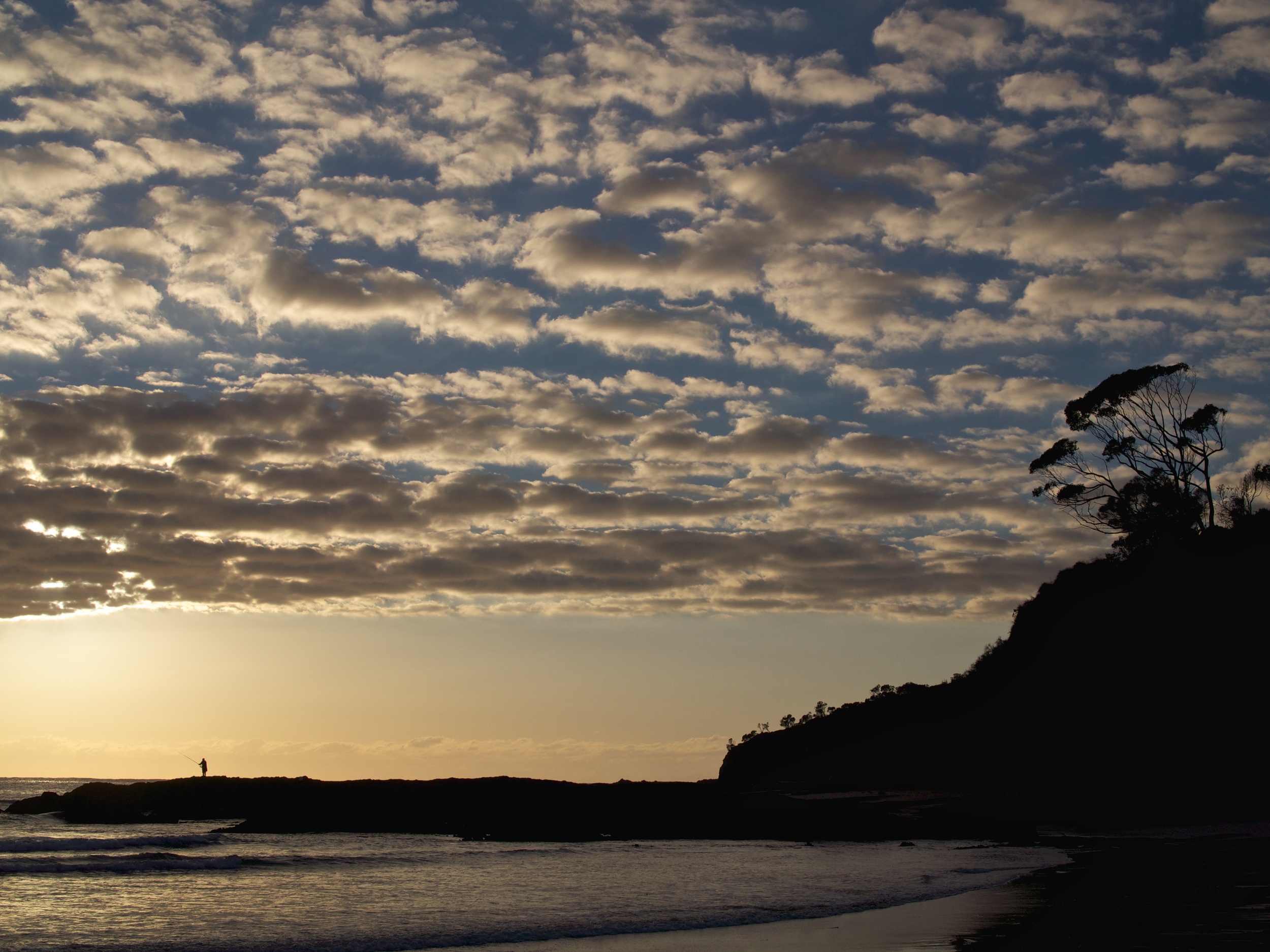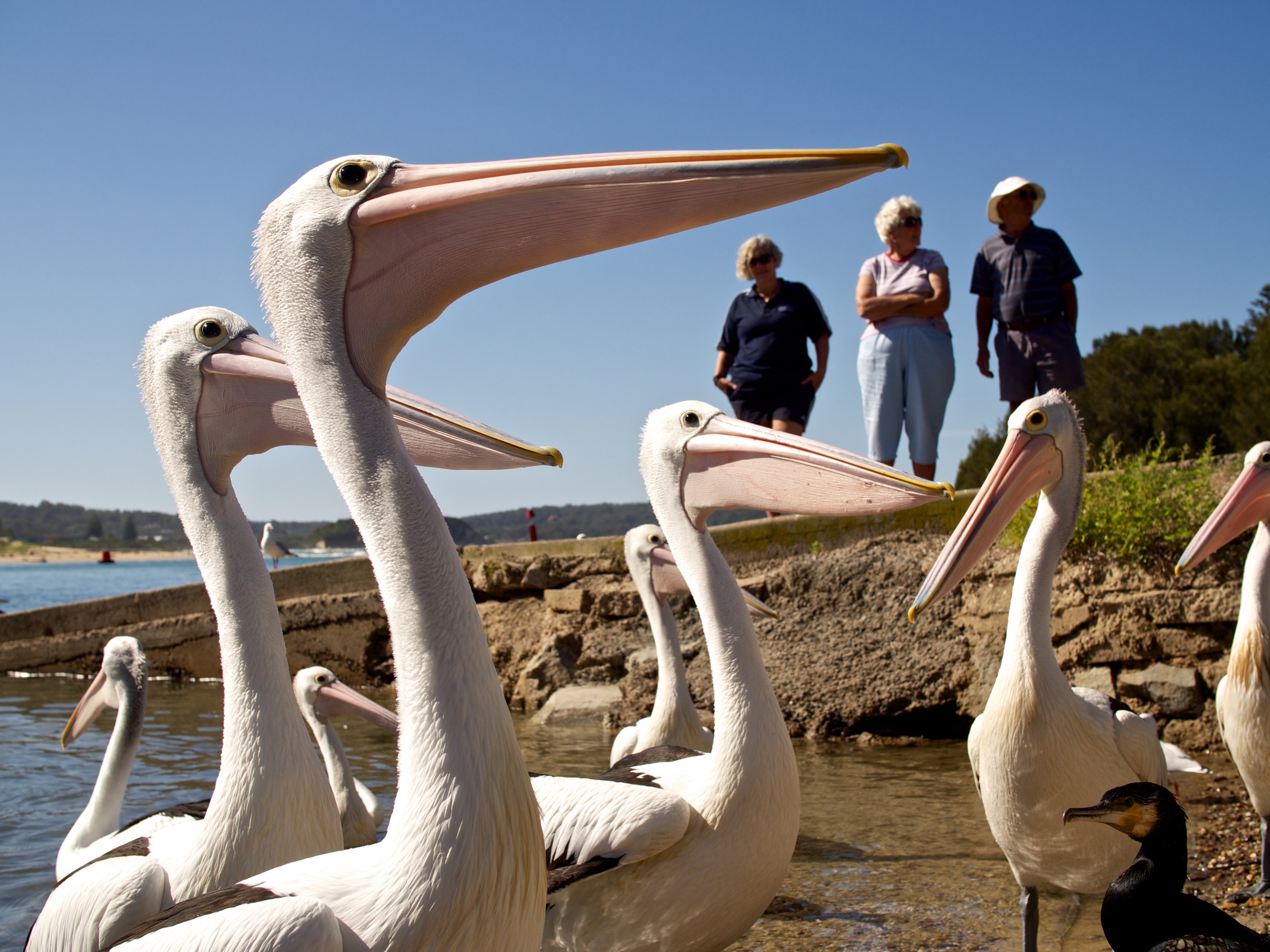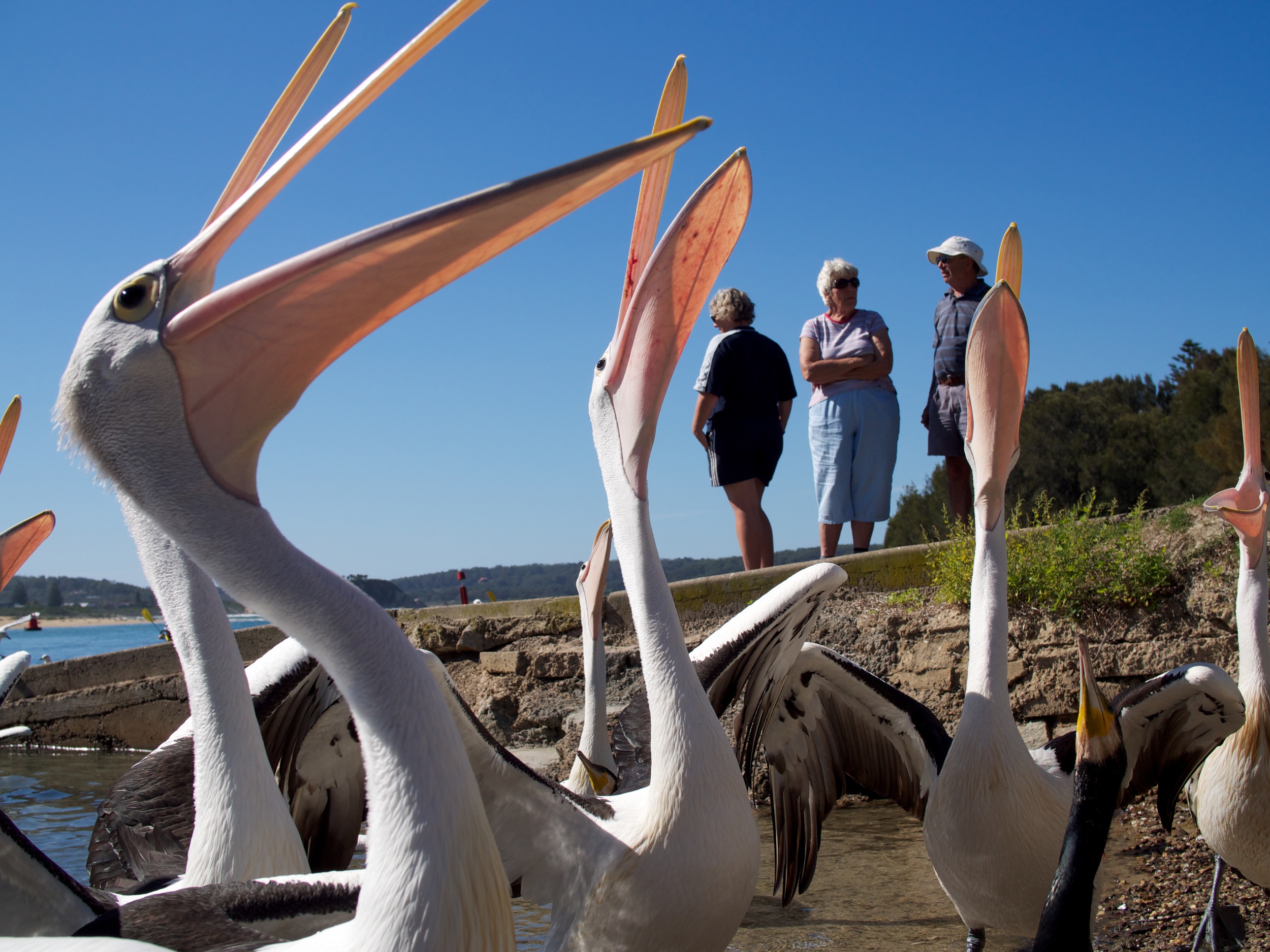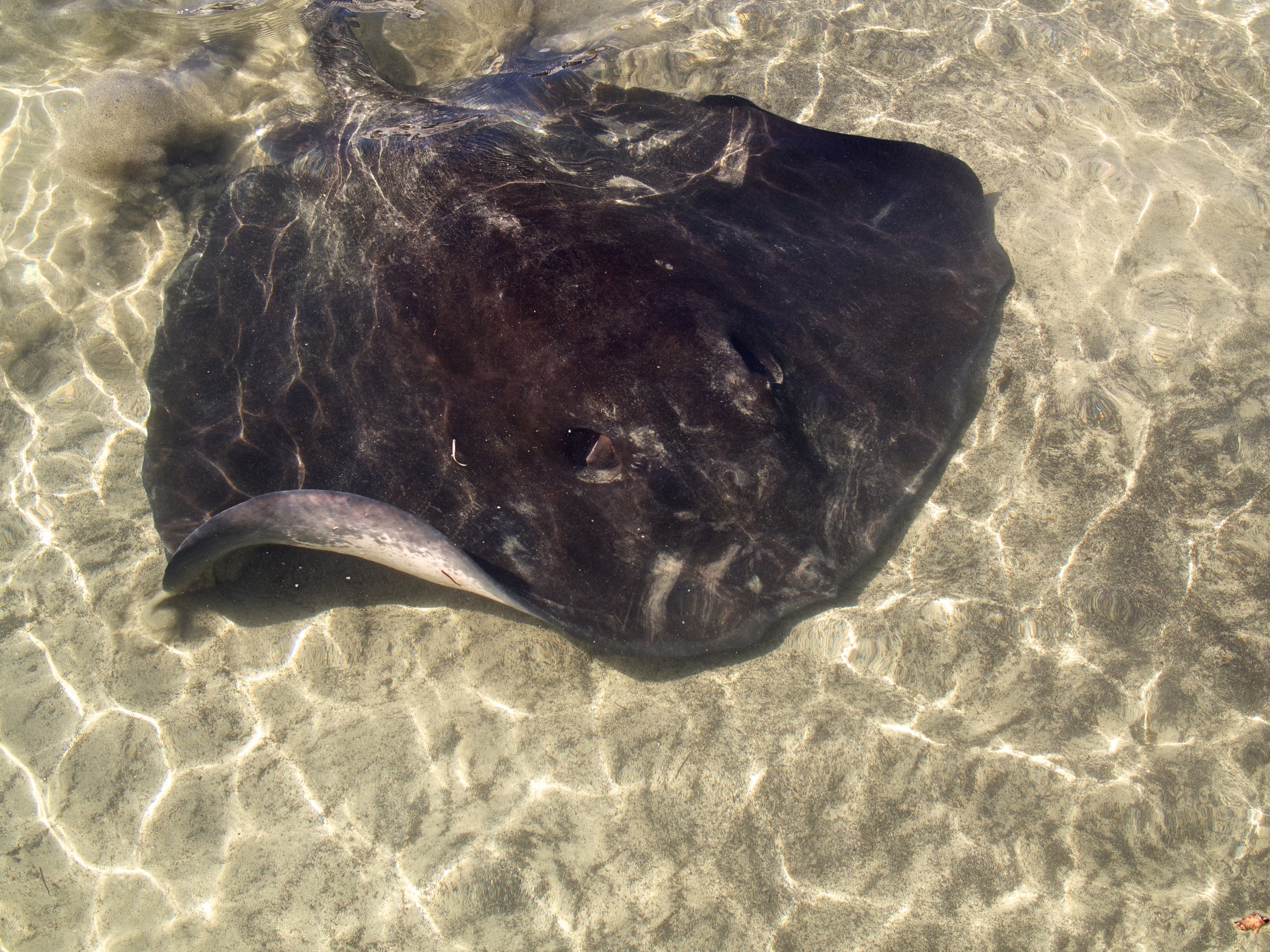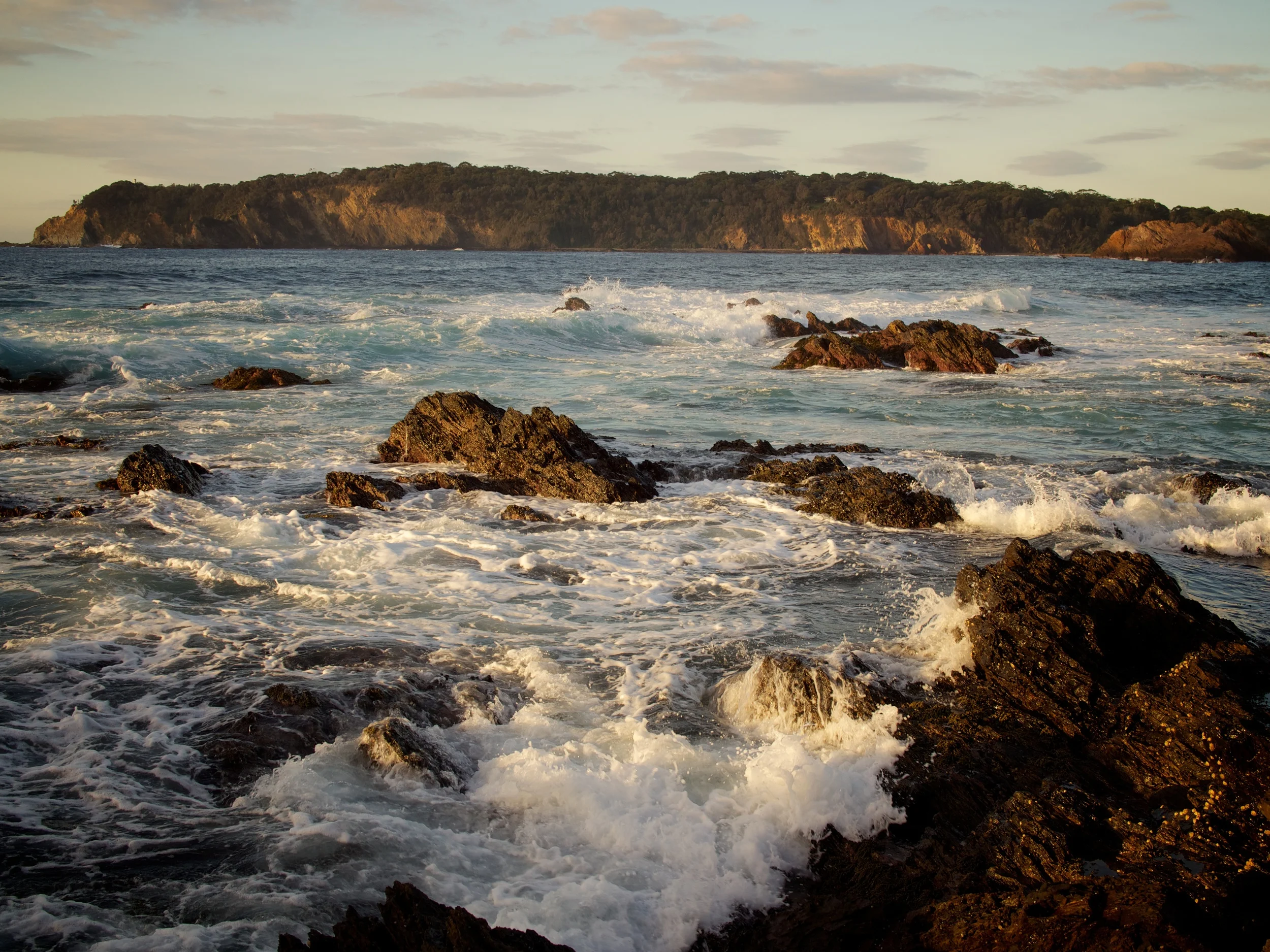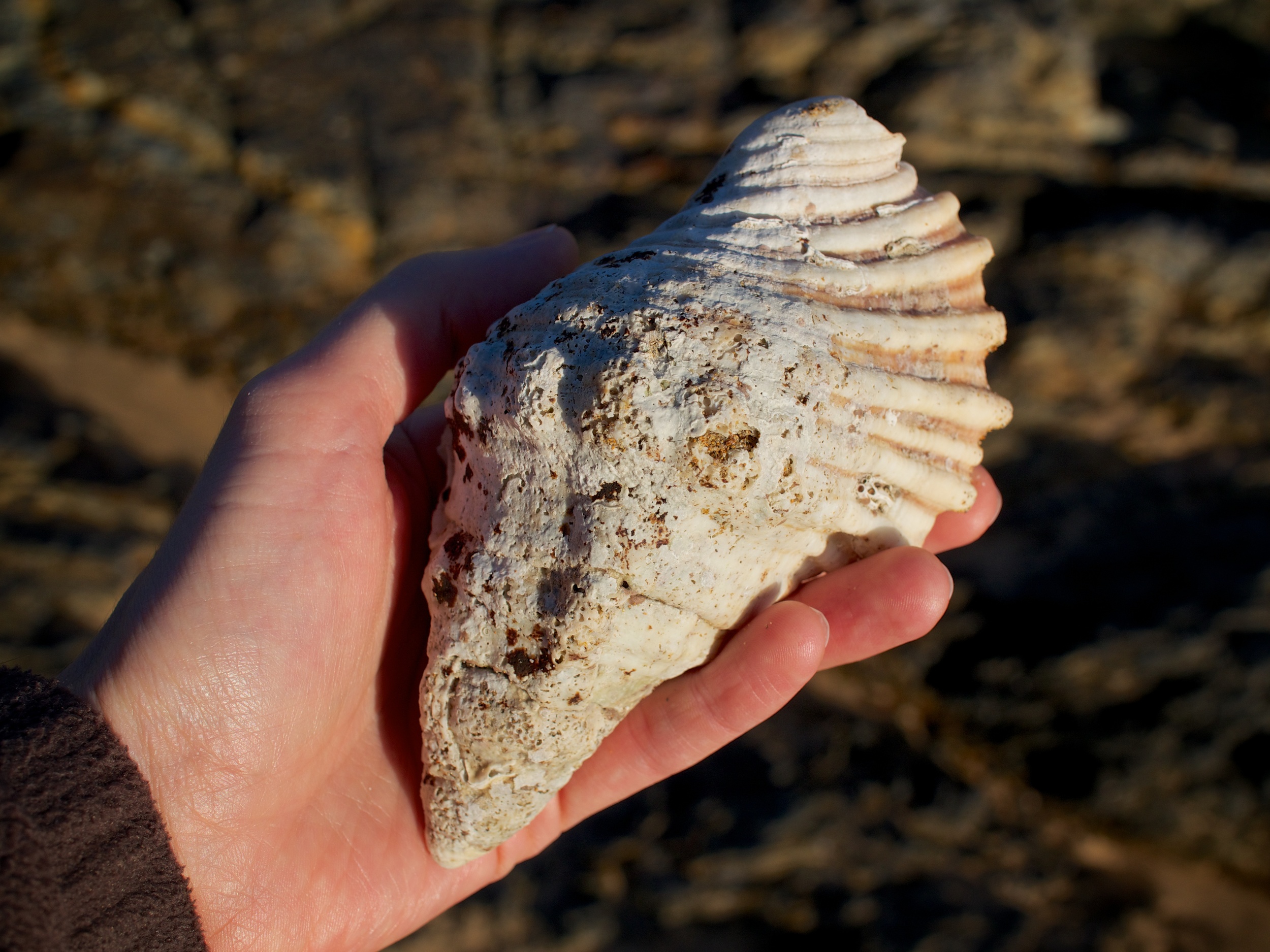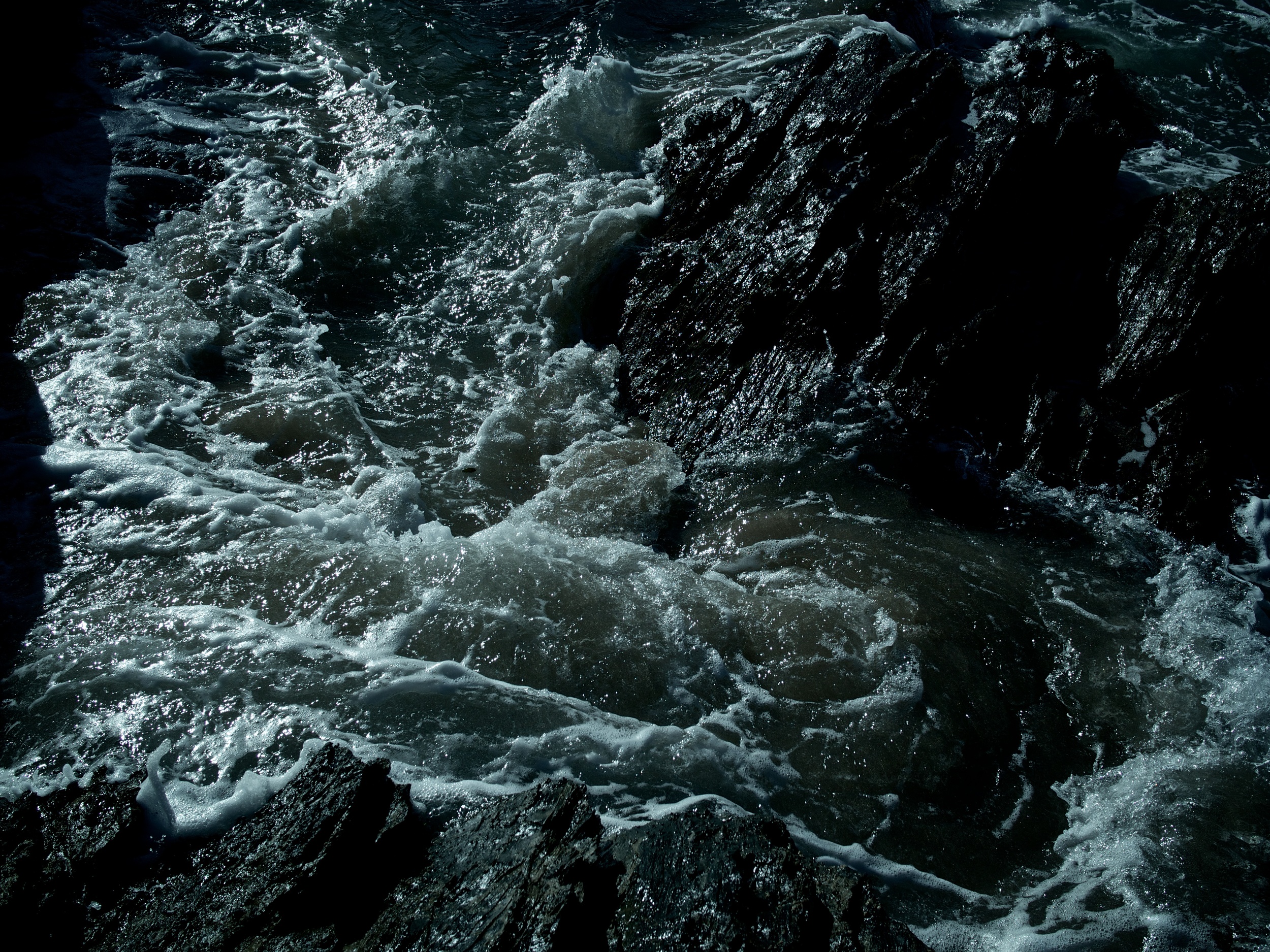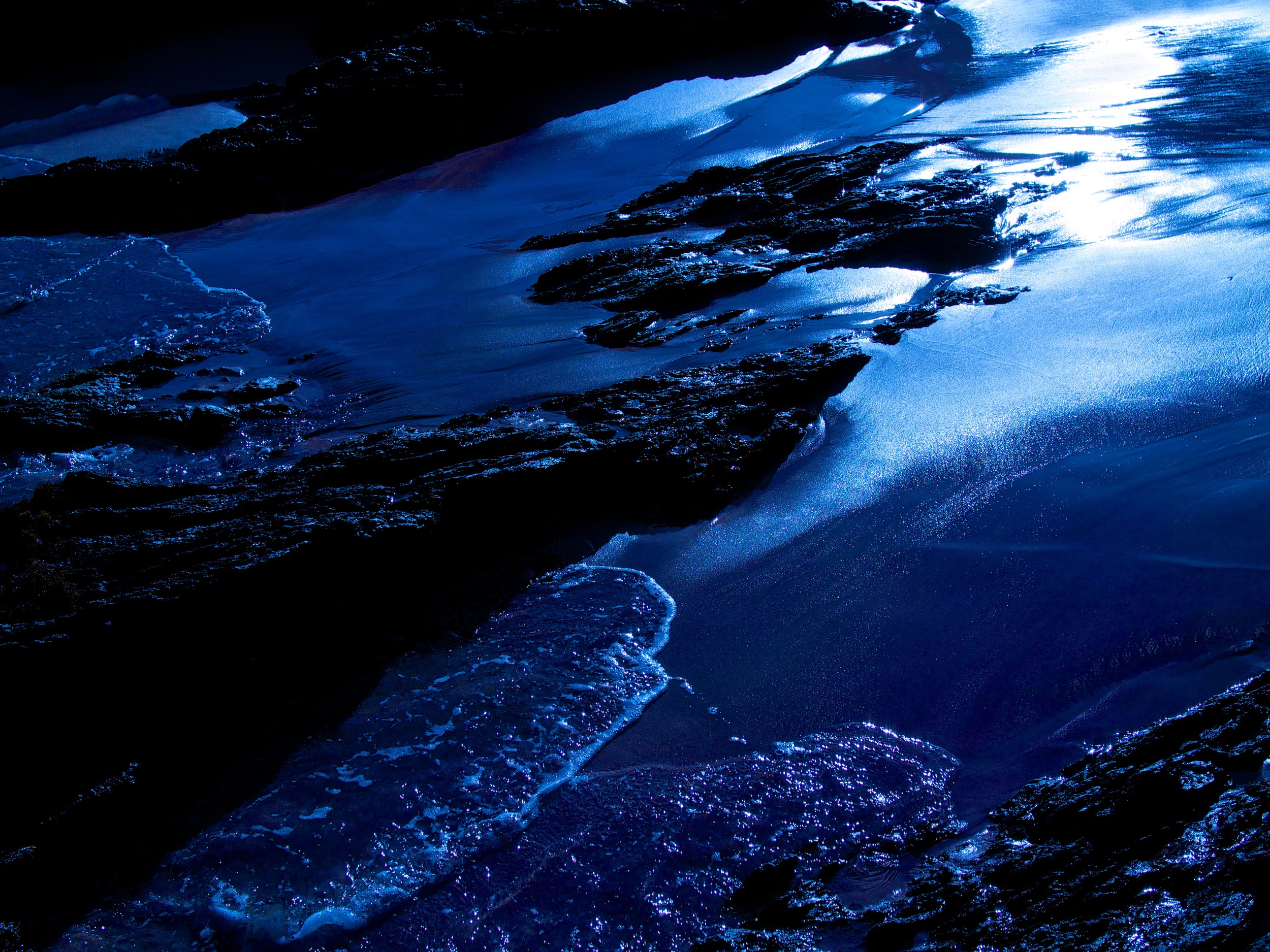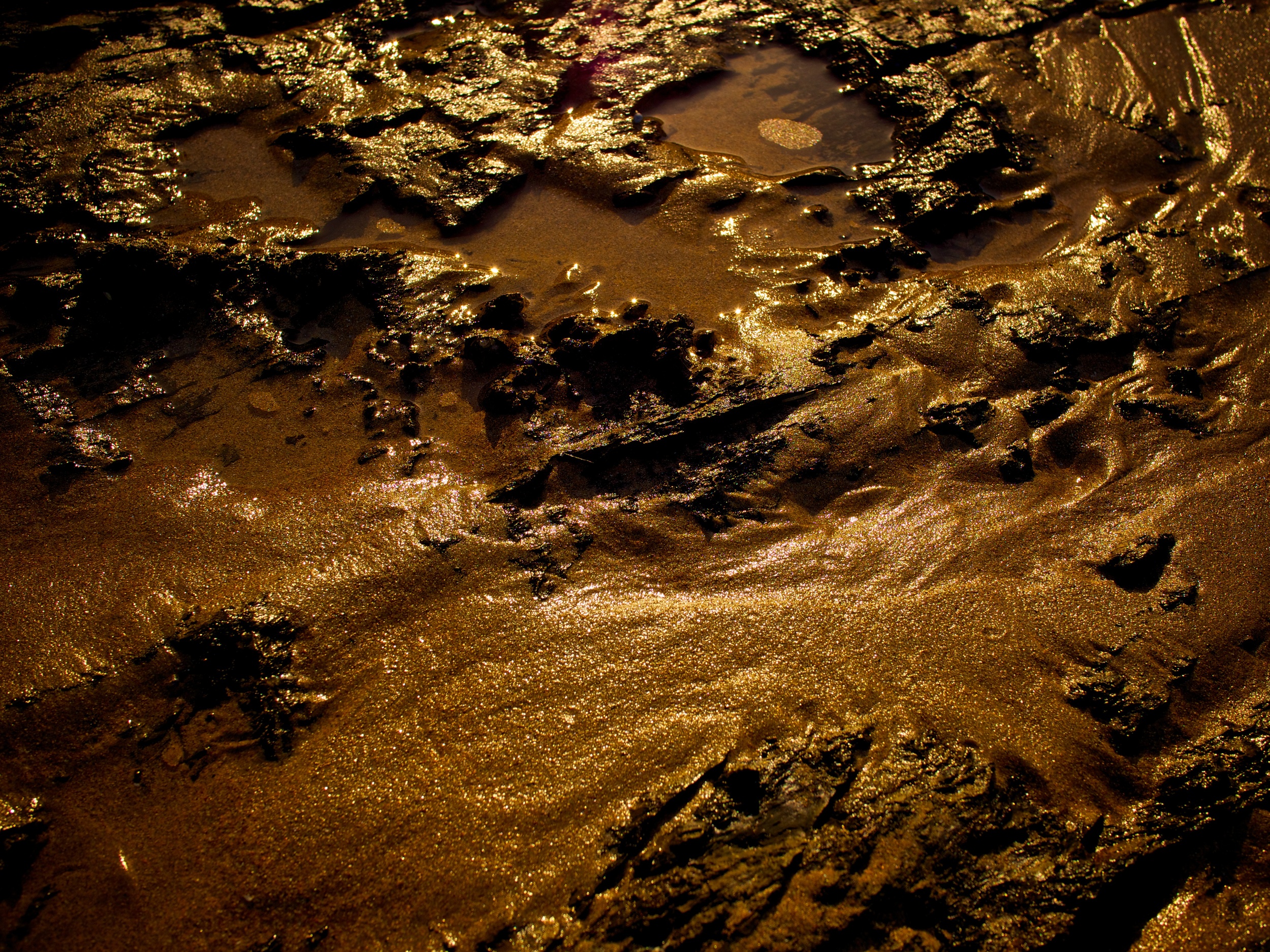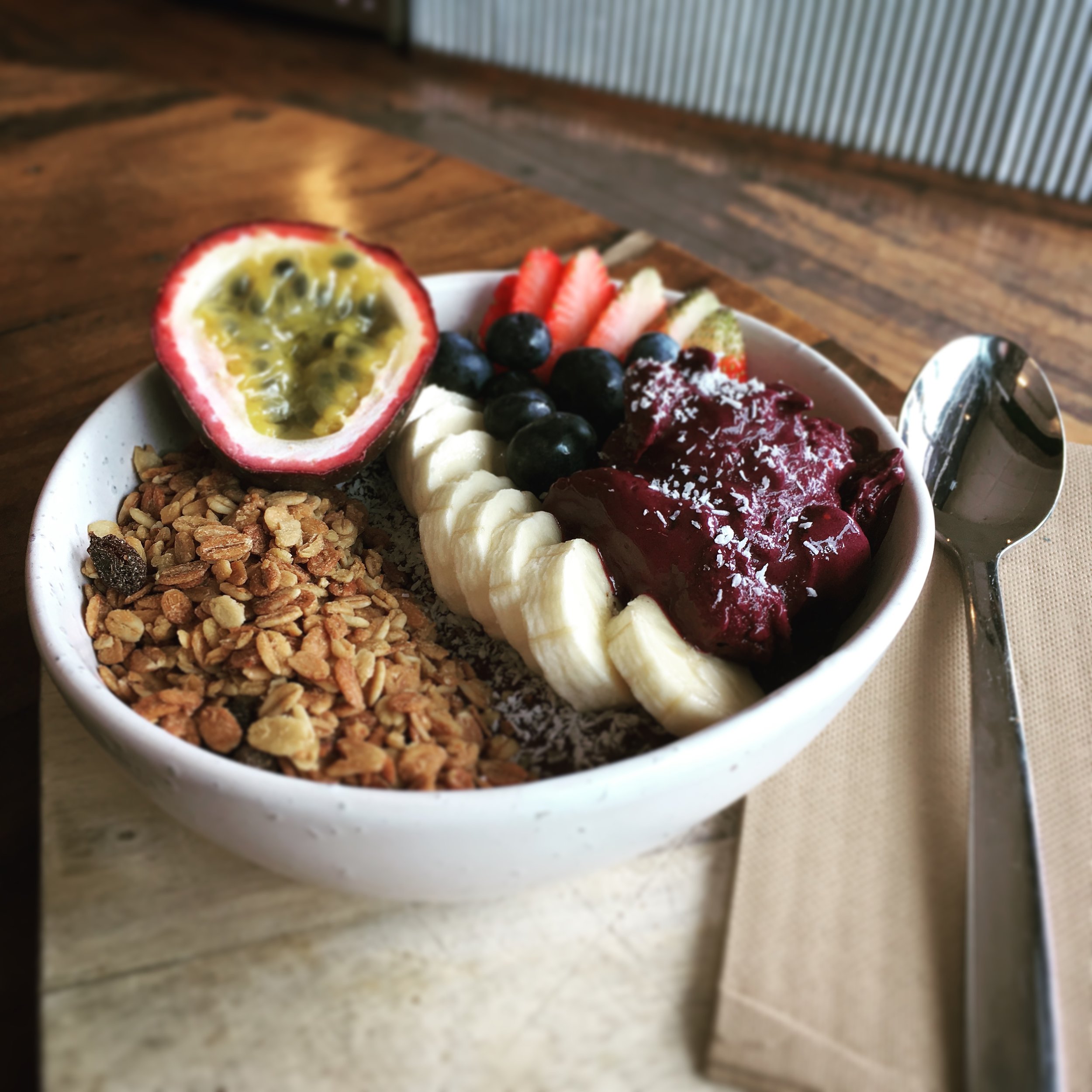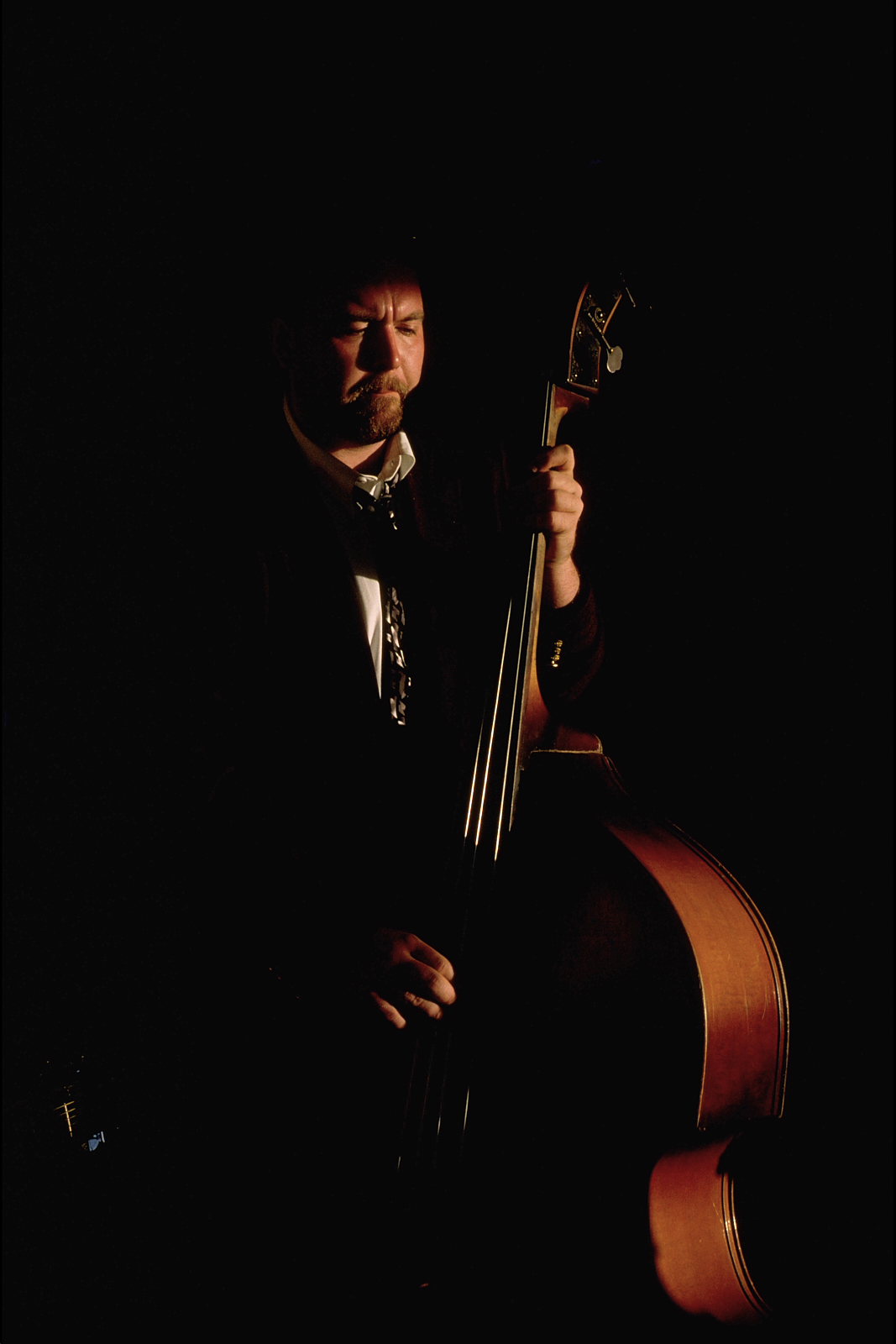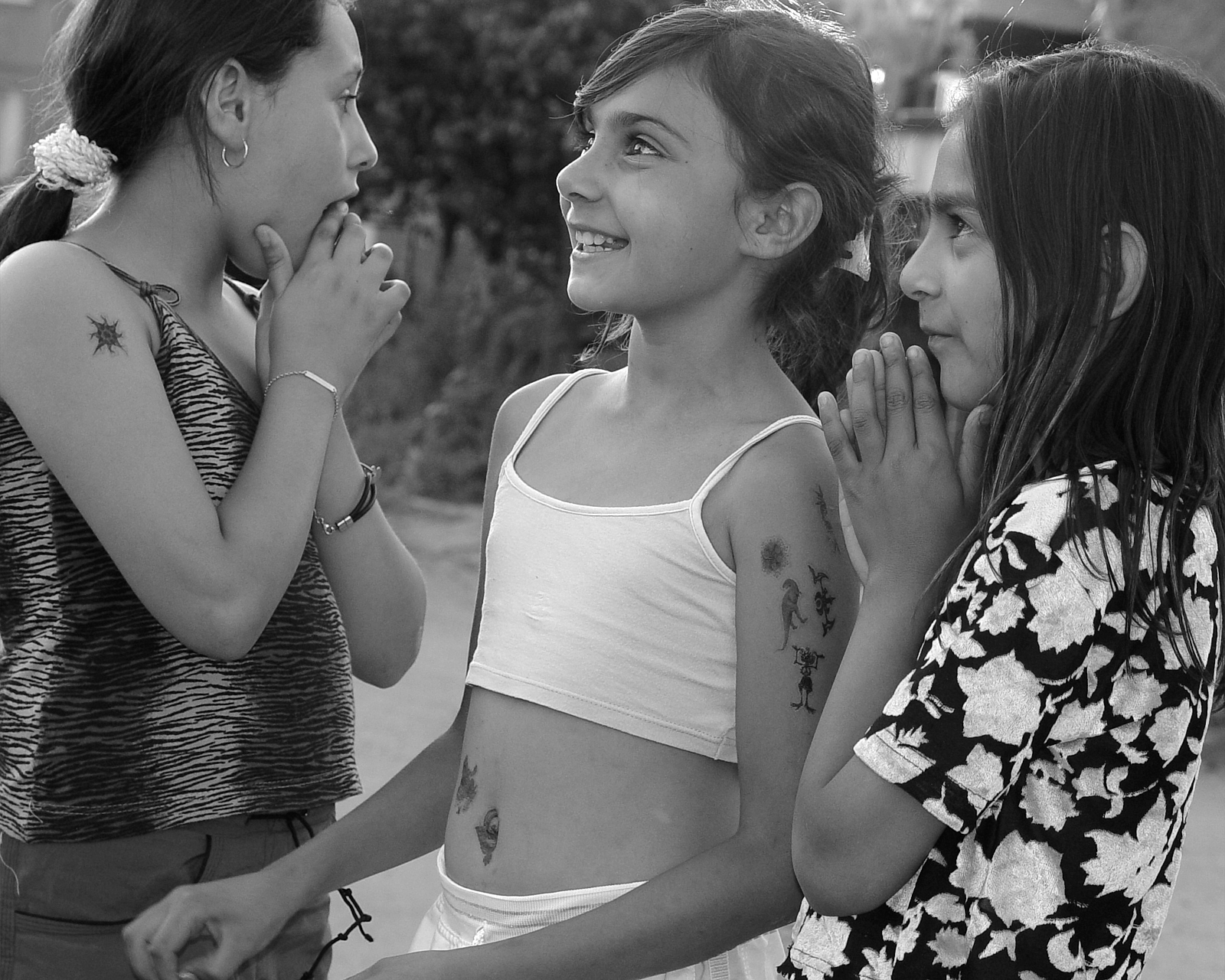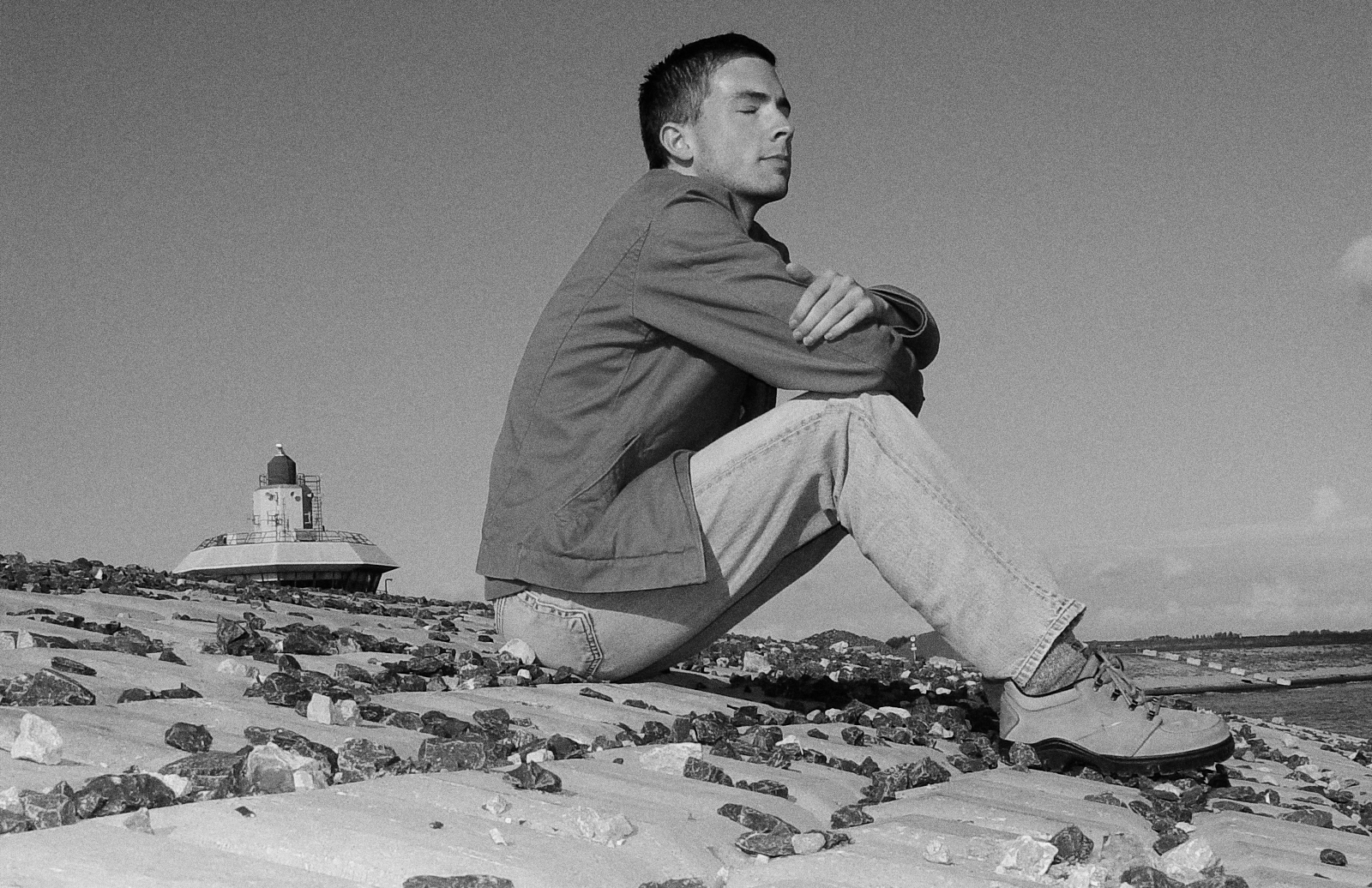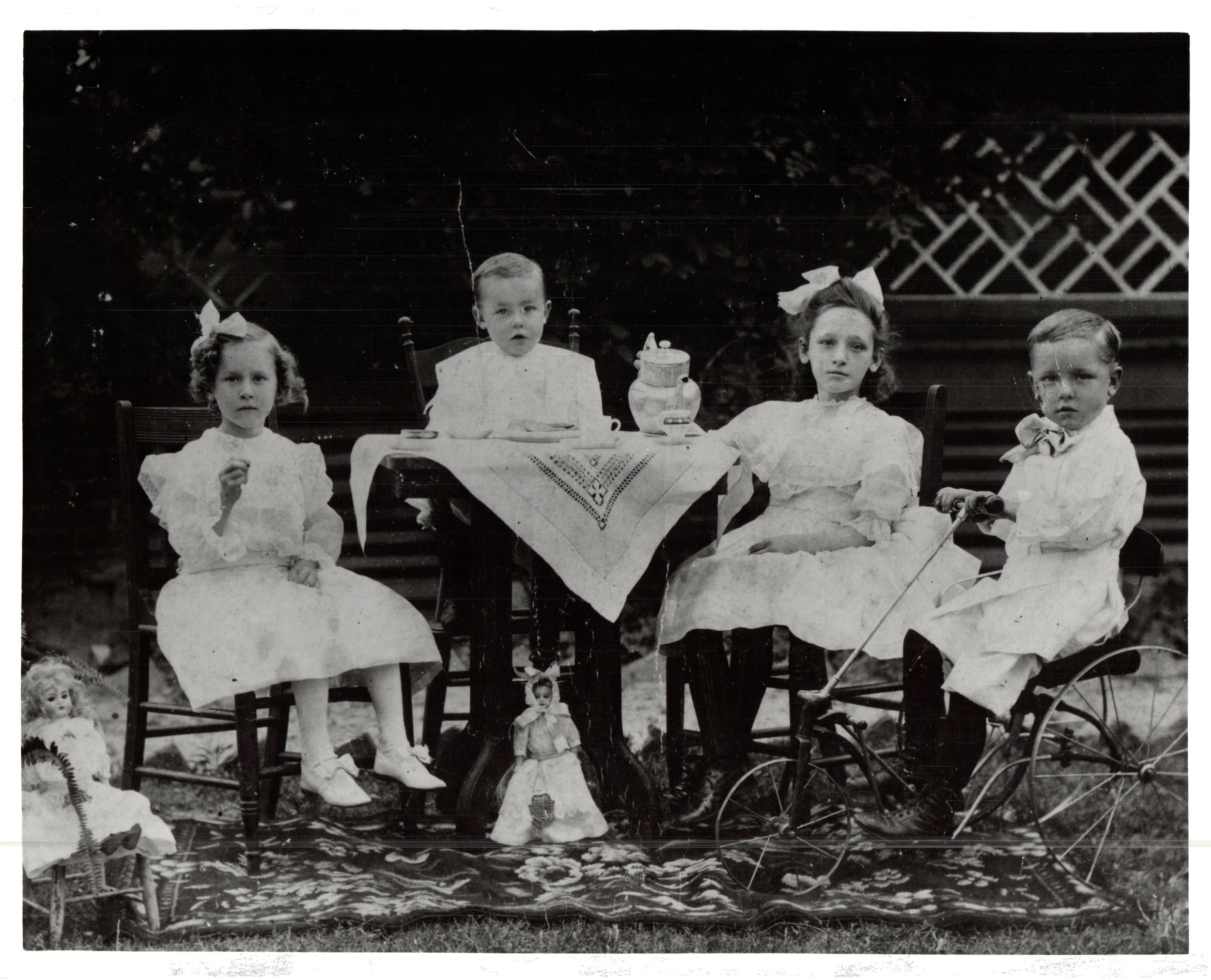Another light painting made in the basement of Bloodworth Bellamy. The figurine in the image is from Australian artist Suzanne McRae. I’m still getting the hang of colour control and backgrounds with this technique (the whole process is quite involved). I’m also going to start a separate Sculpting with light gallery on the blog to collect these images in one place.
New Light Painting
I’m excited about a new collaboration with @bloodworth_bellamy (an eclectic shop in Sydney). I’ve open access to his wonderful collection and hope to make a series depicting the life and times of vintage curiosities. Here is part of a damaged chocolate stirring machine reimagined as a maraca player (perhaps I should not overly anthropomorphise my imagery). This is using the technique I learned some months back with Harold Ross that I wrote about in an earlier post. More to come, so watch this space.
Intagrammatical
After having abandoned Facebook some months ago, I’ve tangentially come back via Instagram. It’s not a platform I’ve engaged with before but I’m finding that it could be a good way to network professionally (though I am equally wary about the Big Brother aspects regardless). You can find me here @edge_of_somewhere with imagery new and old. I’ve some side projects I’m working on in the coming months that I’ll hint at on Instagram and write about here so watch these spaces.
Sculpting light with Harold Ross
I think, no matter where one is creatively or professionally, it's always beneficial to add skills or try something entirely new. About two years ago, while researching a photographic technique known as light painting, I found the work of Harold Ross. Harold has, over the past decades, refined a process for making light painted images. I'll not go into detail on that here as, obviously, that's what the workshop is for (plus I want to respect the effort Harold has put into developing this quite specific process). However, it basically involves making a series of images where one 'sculpts' a scene with handheld lighting tools designed by Harold then combining these many image layers in Photoshop. It's challenging, both in the capture and post-production stage, but allows for exquisite control over every aspect of the final image.
I recently travelled to Lancaster, PA where Harold and his wife Vera live and have their studio to do a four day one-on-one workshop. Harold offers workshops which focus on either a fine art or commercial application of his technique (I did the fine art route; I assume the commercial workshop deals also with client considerations, workflow, etc.). He keeps his workshops quite small (only one or two students at a time) which is understandable considering how detailed he needs to be in his teaching. It's an advantage to have a photographic background and some grounding in Photoshop; however, Harold is a patient teacher and I imagine he can accommodate a wide range of skills. The important thing is to have personal motivation and drive; like anything in photography, after the initial hurdle of technical considerations, most of the further development comes from practise and application. It some ways, ironically, it may be a benefit to come with a clean slate or little knowledge of lighting in the studio as I found myself having to abandon earlier training and experience. Much of his technique (while still bound by the laws of physics!) allows for counter-intuitive and mind bending results that can't otherwise be obtained by 'normal' photography. It's all still within the realm of 'real', it's just that one has a slightly uncanny sense of—presence is the word that comes to mind. He manages to differentiate both from what is simply skillfully placed lighting and the sundry gimmicks that pass for fine art photography online (e.g. cranked up HDR). That's not always an easy balance to keep as the tendency is to overcompensate with the powerful tools we have available. With Harold's technique, the path onward leads to subtlety rather than an image that shouts 'look,I did something unusual!' I know, from studying cinematography, the mantra was always to aim for technique that, while skillful, wasn't the first thing the audience notices. We want people to feel it, not immediately question how it was done. I think, as I begin with this, that's going to be my challenge; I'll want to become so proficient with the technique that it diminishes to the background and the image communicates on its own merit as a photographic piece (and, of course, with such a specific process, there is always the risk that I just end up copying what Harold does and making visual derivatives of his work; but that's probably thinking too far ahead. Right now I just need to practise lighting a coconut and some more tomatoes!)
We had time, over the four days, to make two images together in the studio. Harold has a variety of props at hand to choose from. I wanted explore the lighting of several different kinds of surfaces (metallic/hard surfaces in one and organic/softer in the other). The Hamilton Watch device was an instant pick for the first setup as it seemed to combine a number of elements together. Other than it was simply an interesting piece of kit, we were in Lancaster, where Hamilton was originally based; plus, Hamilton made a watch that my Grandfather had (which was, unfortunately, stolen some months ago). So I'd like to think this tool was somehow used in the manufacture of my Grandfather's watch in the 1960's. The device is sitting on part of an automotive transmission and, to contrast with the intricacy of it, we rigged a giant 20 kilo gear in the background on a Matthews stand. For the second image, Vera kindly sourced some fresh produce which we placed on an old crate in a more traditional still life. I actually found the second image a bit more challenging as people know what these things are 'supposed to look like'. One can visually go all over the place with old mechanical parts but, for instance, one has to keep the light and colour of a tomato consistent with reality. Also, textures on elements such as the garlic cloves are quite challenging to render properly in the post-production masking and painting (This is a work in progress; I'm not entirely happy with the background as it's kind of flat and the produce could use some further work. In fact, I'm probably going to keep going back to practise the technique on this for these first few weeks rather than making any new images).
On the workshop itself, Harold was wonderful to work with and learn from. I've been fortunate to have a series of good workshop experiences in the past but also know that photographic skill and mastery doesn't automatically translate into an ability to teach others. There are things I do every day I'd struggle to pass on to someone else. This is a powerful technique with a lot of variables; yet, Harold has managed to distill years of experience into a succinct package that, while not simple, is comprehensible. He also has the most important of teaching skills, a humble spirit and good humour! We spoke one day at lunch how it seems that most people in photography seem to either be the kindest most giving and gracious people—or complete assholes. With Harold, I always had the sense he was there as a fellow learner sharing his experiences. I work in a large public school teachers union and know what makes for good curriculum and professional development materials. Harold has put together a comprehensive package that one can take home and continue to expand upon; I made minimal notes during the workshop but don't feel like there is anything missed in the workbook and files he's provided. This is the value of small intensives like this; anything larger and the student can't be as hands on. I did all the lighting and post production under Harold's supervision rather than just watching him do it whilst sitting in a classroom. There is a significant difference as I can now do it myself rather than coming back with a pile of potentially jumbled and unconnected techniques just out of reach. Though the workshop was quite full-on as far as information flow, Harold and Vera have created a lovely relaxed atmosphere in their rural home which made for a great learning environment.
All told, though such workshops are no small expense, I feel this kind of immersion allows for both a renewed creative energy and, if nothing else, an expansion on my understanding of what's possible. I'm looking forward to delving deeper into those possibilities with my own work and already roughing out how I can return for a follow up workshop sometime in the future. You can see more of Harold's work as well as information about his workshops here. It's also worth subscribing to his newsletter as he has occasional postings on either projects he's involved in or places he's speaking.
An aside: it's worth noting this technique, though it does require a few specialised tools, can mostly be done with equipment one has at hand already. The camera I used was my Nikon D500 with a macro lens from the 1980's. We were careful to set it up properly to coax out the best quality; that's a relatively new camera but I could have equally used my older D700 with comparable results. I am considering a new Wacom tablet (pretty much essential for this process). Mine is over fifteen years old so it's probably about time to consider a new model; I'm tempted by their Cintiq line as it would be ideal for the kinds of things we are doing here. That's all to say, if you have a given budget to dedicate to your craft, it's worth considering first if some skills training might be worth more than an investment in the latest gear.
Grab bag of memories
I was just sorting through some images on an old hard drive and made a collection that caught my eye for one reason or another. Nothing spectacular here; just a collection of memories. (Click on an image to enlarge.)
Old Family Photos
I'm just back from the States. Did a bit of rummaging through archives and came across this random selection of old family photos.
The Harbour Bridge at Daylight
Just because the Harbour Bridge was mentioned today in the media (for a ridiculous reason which doesn't bear repeating) I shall post a picture from a very early morning photo shoot when I was waiting for the fast ferry to Manly.
New Production Photos Gallery
I've begun a new gallery in the photography section; it's, for the moment, all stills from our past two Teachers Federation film productions for cinema and television ads. I was the on-site client representative and (perhaps more usefully) the de facto stills photographer. See the whole gallery here.
Easter by the sea
My friends, Sally and Piero, invited me down to the family holiday house near Bateman's Bay for the Easter long weekend.
